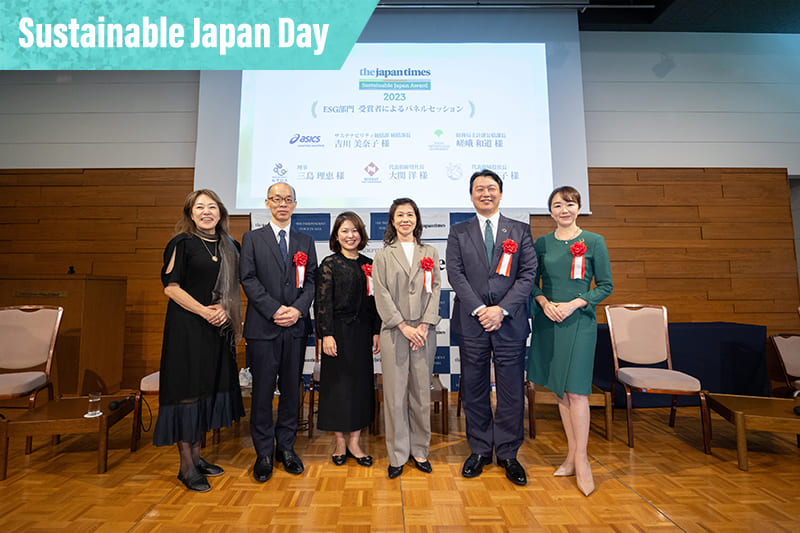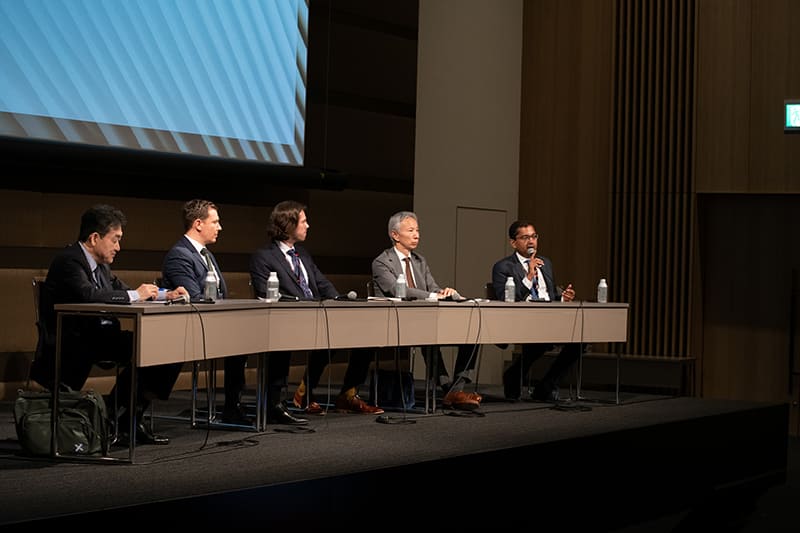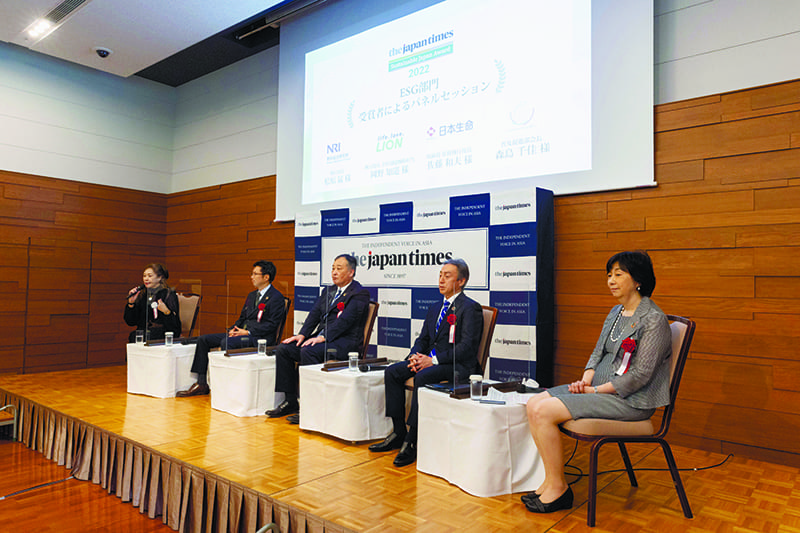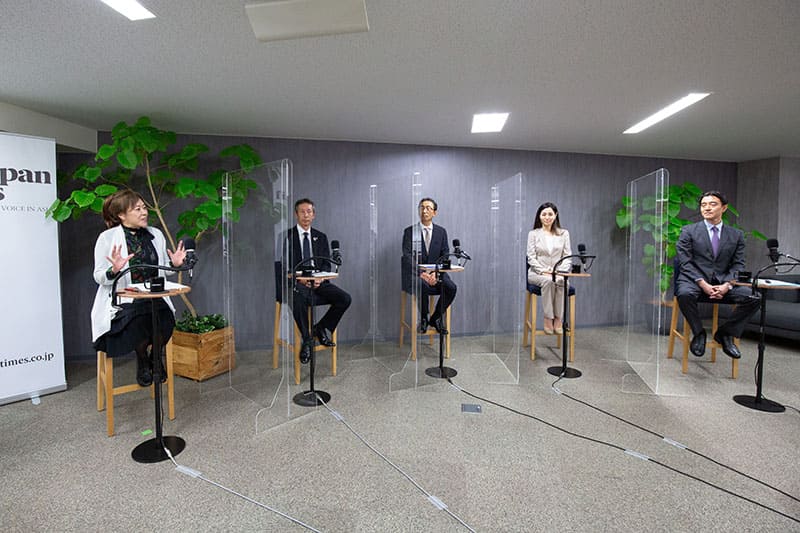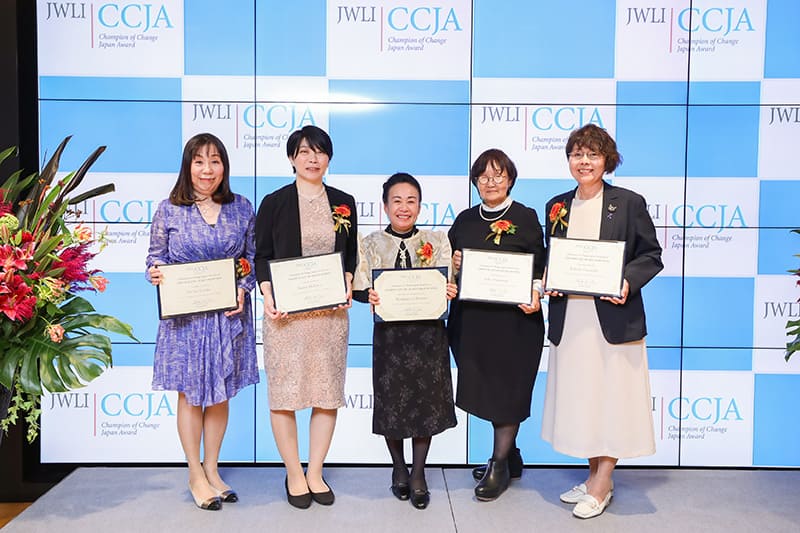August 30, 2024
Japan’s innovative performance wins at World Cosplay Summit
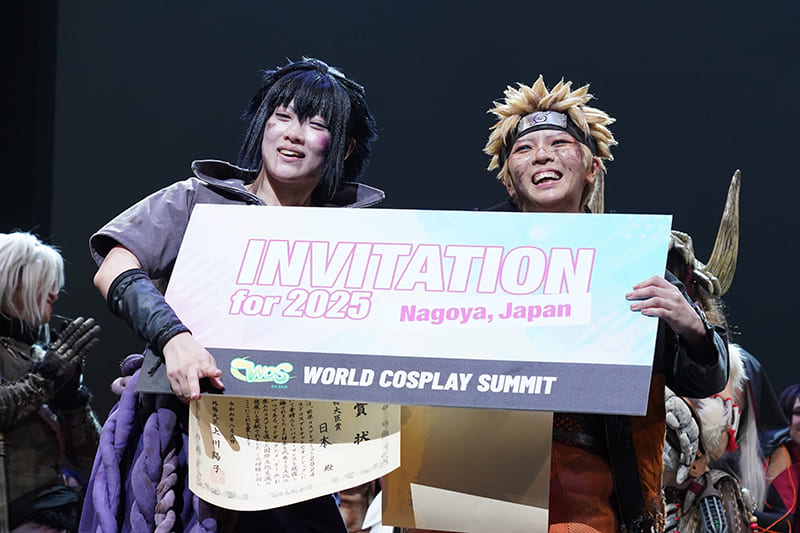
As top athletes competed in the Paris Olympics last month, top cosplayers from Japan and abroad similarly gathered in Nagoya’s Sakae area to participate in the 22nd World Cosplay Summit, with the teams from Japan, Sweden and Germany taking the gold, silver and bronze.
It was the first time in 12 years that Japan took the title at the championship, the main feature of the three-day WCS, an annual gathering of cosplay fans involving stage performances, photo shoots and parades. Cosplayers representing 36 countries and regions — including newcomers Mongolia, the Czech Republic and Costa Rica — competed in the championship this year after winning preliminary regional rounds.
Mamemayo and Mioshi, the duo representing Japan as the characters Naruto Uzumaki and Sasuke Uchiha, respectively, from their favorite manga, “Naruto,” obviously had the “home-game” advantage at the Aichi Arts Center Main Hall — yet that may also have meant more pressure.
“I’m just so relieved,” Mioshi said on stage after accepting the Grand Champion award.
“We’re grateful to our teachers who taught us how to make the costumes and hone our performance. Most of all, it’s thanks to those of you here today who supported us and perfected our performance. Thanks a lot, dattebayo,” Mamemayo said in Japanese to a roaring crowd, using Naruto’s signature phrase, often translated as “believe it!” or “ya know.”
The championship on Aug. 3 kicked off with Team Thailand performing their “Dissidia Final Fantasy” skit. Every team, in pairs, had 2½ minutes to perform a skit based on a video game, anime or manga from Japan. They were evaluated on their handmade costumes and stage performances. The 4½-hour event featured online viewers from Spain and Malaysia, as well as a live show by singer Hironobu Kageyama, the “prince” of the anison (anime song) world.
Appearing 21st, Team Japan’s stage began with Naruto and his rival and best friend, ninja Sasuke, in a dance-like fight with music and digital images in the background. After a moment of darkness, their ninja outfits suddenly inflated into huge, glowing balloons resembling traditional Aomori Nebuta Festival floats and the stage turned into a
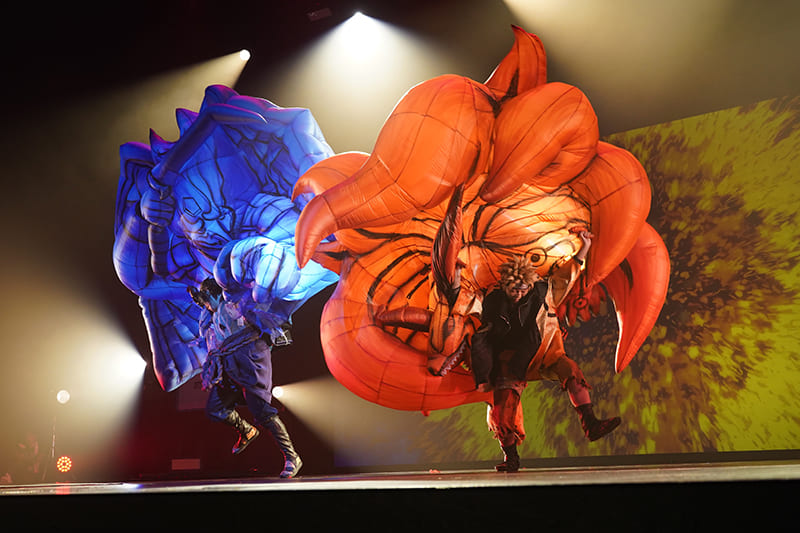
matsuri scene. The ecstatic audience went wow, cheered and called out, encouraged by the pair on stage. The dramatic re-creation of a scene from Sasuke and Naruto’s final battle involving avatars Kurama and Susanoo, in the form of balloons, was a spectacle that clearly stole the show.
Team Sweden, who re-created the tranquil world of Hayao Miyazaki’s anime “My Neighbor Totoro” as the young girl Satsuki and a full-size furry Totoro, baring its teeth and blinking its eyes, came in second. In third place was Team Germany with their “Monster Hunter XX” performance.
Speaking to The Japan Times 10 days after the competition, Mamemayo and Mioshi revealed that their seemingly flawless stage performance had a rough start. “Actually, 10 seconds into the performance, I stumbled on a prop and fell flat,” said Mioshi. “I panicked. I thought that was the end of it, but Naruto called out, ‘Get up!’ and I snapped back in,” Mioshi said.
Cosplaying for nearly 20 years, the pair had given it their all to win the championship. After losing the regional round in 2016, they competed in 2018 as Team Japan but didn’t win any awards.
“After 2018, we definitely stepped up our game mentally, and in terms of craftsmanship. The COVID pandemic allowed us to concentrate on costume design and crafting,” said Mioshi, who works in the beauty and makeup industry.
Mamemayo, in the cosplaying business, said, “We knew we’d put in a lot of effort to get to where we were, so in that sense we were confident.” But the pressure was greater. “We had a bunch of people supporting us. I had asked our social media followers, kind of like our fans, to come and help with the call-and-response performance.”
The two had decided on the Nebuta float idea last September. They sought advice from a professional pattern maker and stage carpenter and researched thoroughly. Their 27-page costume production report submitted for evaluation detailed the meticulous work involved in creating the costumes, wigs and other accessories. Over 10 types of fabric were dyed, soiled and damaged, and stitched together. For the balloons, they traced the patterns onto styrofoam before working on a light but heavy-duty fabric. The process of crafting took nearly five months in all.
“We wanted to do something different. Teams tend to focus on re-creating scenes faithfully to the source material, as we did in 2018, but this time we tried to think outside the box and focused on how to create a performance that would be fun and exciting,” Mioshi said.
Mamemayo said she was delighted when Team Portugal told the winners after the championship that the unprecedented balloon performance had given them inspiration to try crafting something new. One of the championship’s greatest appeals is meeting and befriending people from different countries with shared interests, the two agreed. “Next year there will be 42 representatives at the championship. Even an avid traveler wouldn’t get to meet people from so many different countries,” Mamemayo said.
Aiming to highlight cultural events, The Japan Times gave its support to this event by becoming a media partner.


